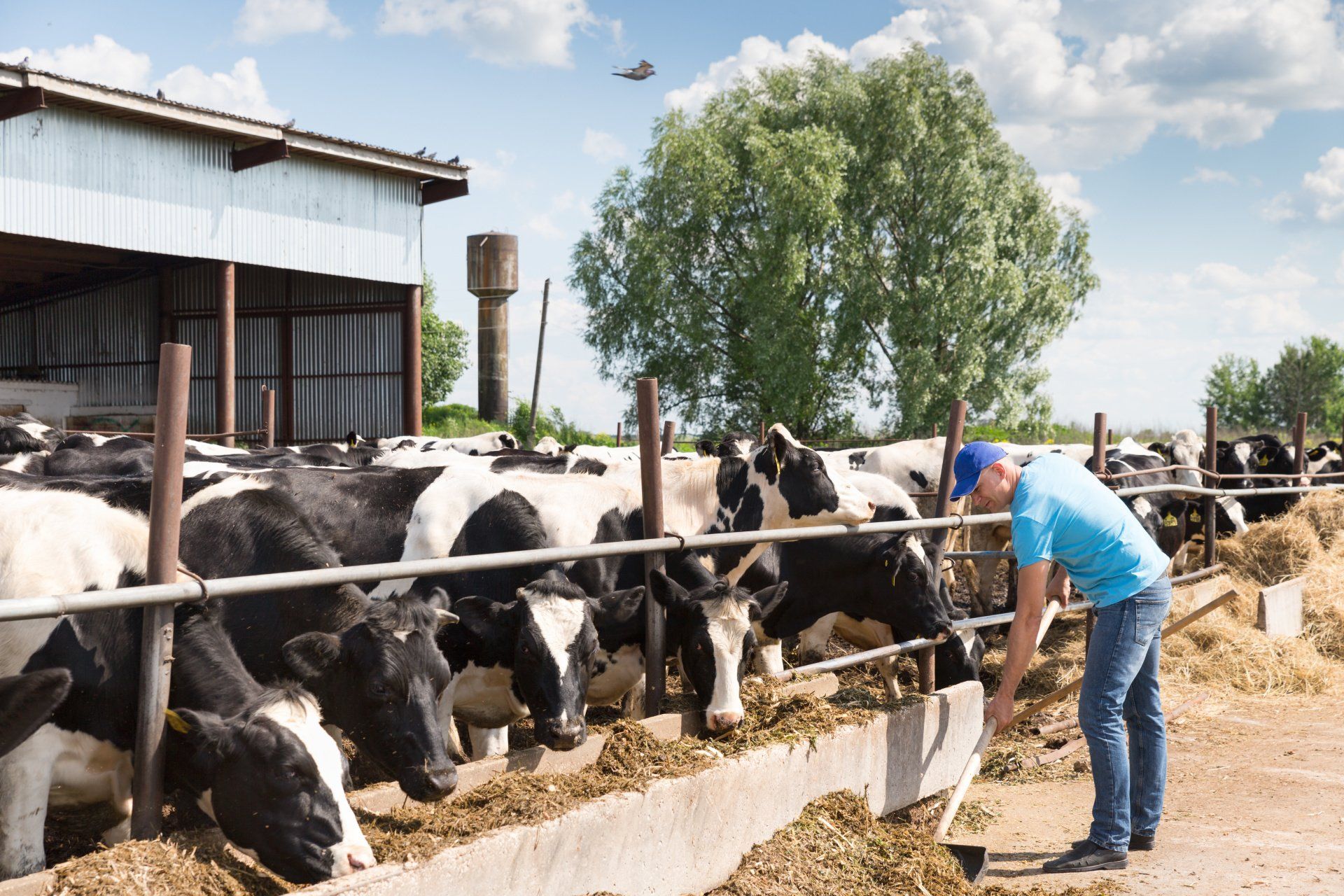1MG FlippingBooks
Livestock industry gets $3.8m funding boost
Livestock industries in South Australia have received $3.8m in funding, with the bulk going to sheep, $3.17m, and $667,000 allocated to cattle.
The funds will be used to protect the state’s sheep and cattle industries from biosecurity threats, controlling wild dogs, and enhancing animal health and disease surveillance are the focus for $3.8 million of livestock industry funds.
The big ticket items for the Sheep Industry Fund include $754k for the Footrot Management Program, $439k for the Enhanced Abattoir Surveillance Program, $372k for the NLIS Compliance Program, $239k for the Farm Biosecurity & Endemic Disease Management Program, and $473k to fight predators.
Minister for Primary Industries and Regional Development Tim Whetstone says, “This significant industry investment has long term benefits for farmers and continues to assist in upholding South Australia’s enviable reputation in animal health management, traceability and biosecurity.
“South Australia’s cattle and sheep industries generated $3.4bn in revenue in 2017-18 and are significant economic contributors to the state’s economy.
“The Marshall Liberal Government has a vision for our livestock industry that would see an increased flock and larger herd to take advantage of strong cattle, sheep and wool returns.
“Our government is leading a new $7.5m Red Meat and Wool Growth Program and it is encouraging to see industry investing their own funds into this initiative.
“We will also work with industry to deliver the once-in-a-generation $25m rebuild of the 100-year-old South Australian Dog Fence which will benefit our livestock industry well into the future.”
Projects to be funded from 2019-20 livestock industry funds include support for disease management such as footrot, investment in the Dog Fence and opportunities to access new markets.
The Sheep Industry Fund and Cattle Industry Fund were established under the Primary Industry Funding Schemes Act 1998 and provide a way for South Australia’s primary industry sectors to raise funds so they can favourably position themselves in the national and international marketplace.
Minister Whetstone recently announced the sheep and cattle industry funds’ administration and governance will transition to Livestock SA in 2019-20.

















